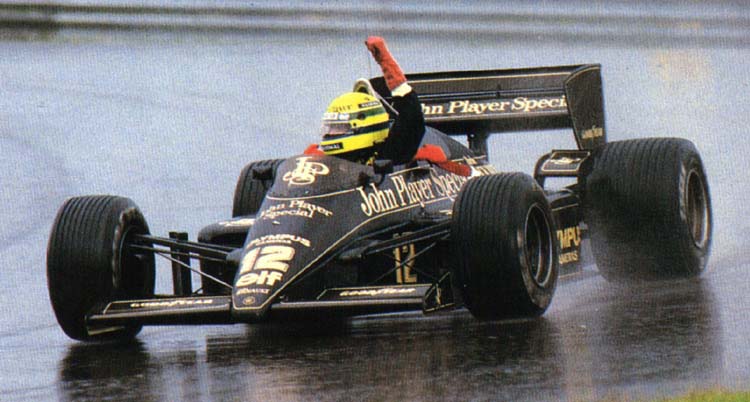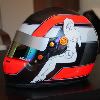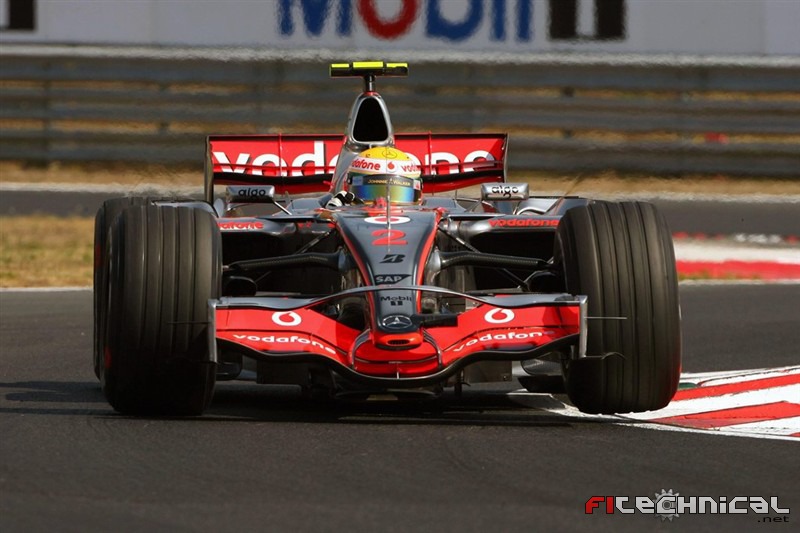I have found this and it may be of interest :
http://mccabism.blogspot.com/2011/04/ho ... -wing.html
- Login or Register
No account yet? Sign up

Or rubber washers?Formula None wrote:Electrical connection made when wing is attached? Switch on a hydraulic line thrown? Moving sockets in the tub? What mechanism would you need to make the wing go limp once its plugged onto the chassis?
Sounding a bit Rube Goldberg though!
Sorry Lindz, you're a bit mixed up there. High and low-speed damping refer to damper piston speeds, not the speed of the car. High speed damping controls spring motion over sudden increases or decreases in force applied to the wheel and tire (cracks, dips, bumps, kerbs, etc). Low speed damping controls spring motion over gradual increases and decreases in force (turn-in, corner exit, braking, etc).Lindz wrote: Laws of physics -> moot since the RB7 isn't squatting on the straights. It may squat for rear grip coming out of corners, but that's the low speed damping. At high speed, the damping can be much stiffer so the rake is preserved (since I think this is a big part of the flexi-wing puzzle).
*standing ovation*marekk wrote:As i have no slightly clue about advanced composite layering technologies, i will venture this solution:
Built-in eliptical carbon tube 800mm from front wheel center line, firmly attached to end plates.
will it work ?
First, getting a wing closer to the ground dramatically improves its effectiveness... so even ignoring the endplates altogether, it will generate more downforce.hardingfv32 wrote:2) It seems the 2011 RB front wing is tilting toward the front of the wing. The end plates are not sealing that well with the rear half of the end plate still well off the ground. Is this the case that some sealing improvement is better than nothing or is there a benefit from the rake varying with speed/down-force?
Hi Gordon. Indeed a very interesting article, particularly as it relates to advances in CFD, getting ever closer to real life interactions. Implications .. as always, important things get more detailed and more complex.N12ck wrote:I have found this and it may be of interest :
http://mccabism.blogspot.com/2011/04/ho ... -wing.html

Interesting indeed but all the teams have been using multi-physics for years. The regular joe can use multiphysics too, so I think what redbull is doing is way more sneakier than how they use their software.N12ck wrote:I have found this and it may be of interest :
http://mccabism.blogspot.com/2011/04/ho ... -wing.html


If you know exactly what the test is, you can design something that will not bend when certain pressures are applied. I don't think that would be terribly hard for someone with Newey's intelligence and his team.malcolm wrote:Yeah, it's easier to make a rigid chassis and a flexible outer nose-cone; however, that doesn't explain why the nose itself passes all of the tests when it's off the car, yet flexes on the car on track.